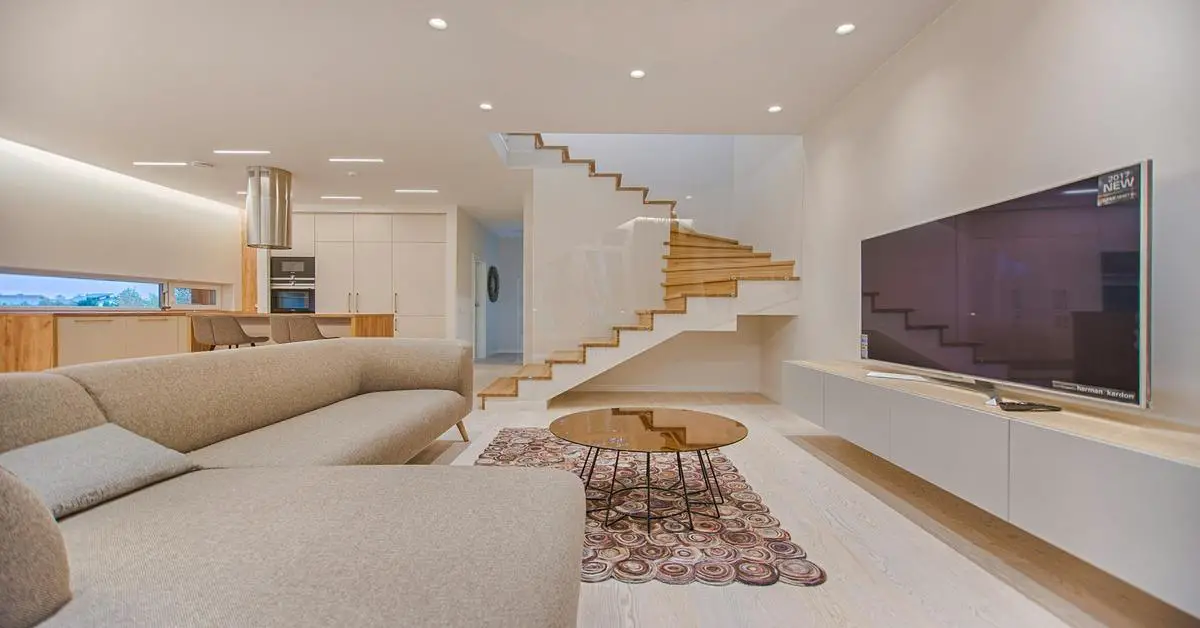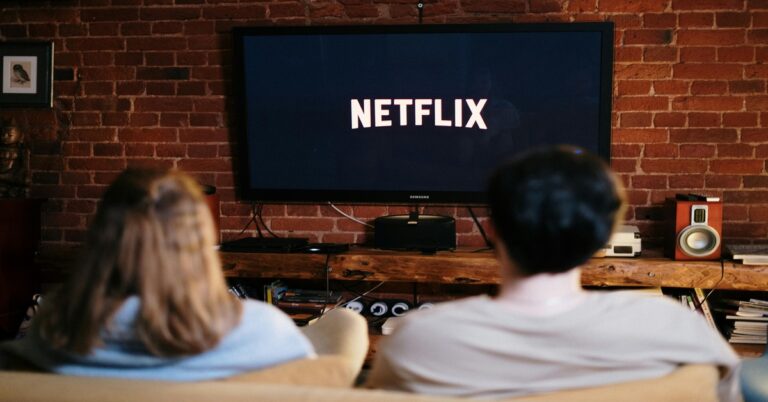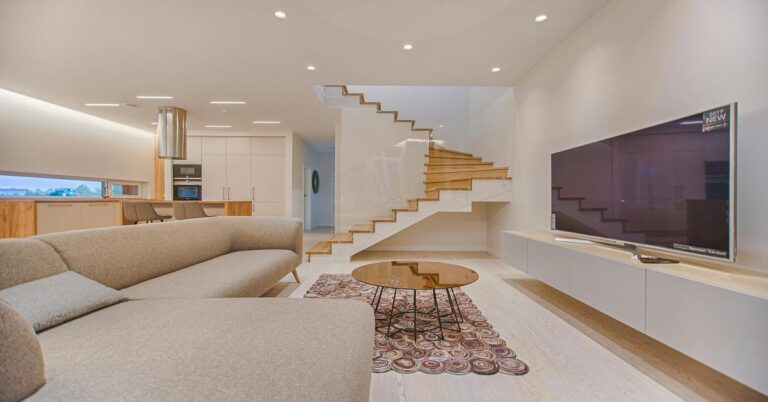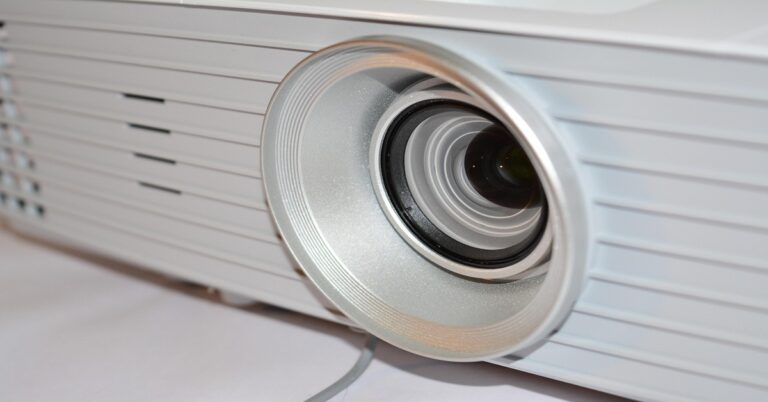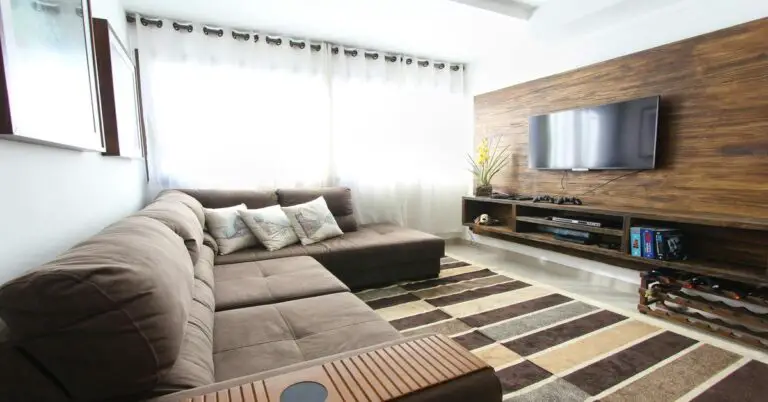OLED vs. Mini-LED: Which Technology Is Leading?
PHOTO BY VECISLAVAS POPA ON PEXELS
The debate between OLED and Mini-LED is heating up as consumers seek the best display technology. While OLED offers superior contrast and deep blacks, Mini-LED shines with higher brightness and better color accuracy.
Each technology has its strengths, making the choice dependent on personal preference and viewing habits. Exploring these differences can help viewers make an informed decision on their next display purchase.
Contrast & Black Levels
When comparing OLED and Mini-LED, contrast and black levels play a crucial role. OLED technology leads in this area with self-emissive pixels that turn off completely, creating true blacks and an infinite contrast ratio.
Mini-LED improves upon traditional LED with localized dimming zones, enhancing black levels and contrast. However, since it relies on backlighting, some light bleed can still occur.
For those who prioritize deep blacks and superior contrast, OLED remains the top choice.
Here’s an example of an OLED TV having these features:
Brightness & HDR Performance
Mini-LED generally outperforms OLED in brightness, reaching higher peak levels. This makes it ideal for well-lit rooms and enhances visibility in bright environments. Its ability to produce intense highlights improves HDR performance, providing clear and vivid visuals.
Check out this user’s brief review of his TV’s brightness:
OLED, while not as bright, excels in contrast with self-emissive pixels that create true blacks. This deep contrast enhances HDR by delivering richer colors and a more immersive experience.
Lifespan & Burn-in Risk
OLED screens typically last between 30,000 and 100,000 hours but can suffer from burn-in. This occurs when static images cause uneven wear on the organic materials, leaving permanent marks over time.
Mini-LED displays have a lifespan similar to traditional LED screens, around 50,000 to 100,000 hours, with significantly less risk of burn-in. Their LCD-based structure prevents image retention, making them more durable for long-term use.
For users who frequently display static images, Mini-LED offers better longevity. OLED delivers superior visuals but requires mindful usage to prevent burn-in.
Check out this OLED TV showcasing burn-in after more than 24,000 hours of use:

